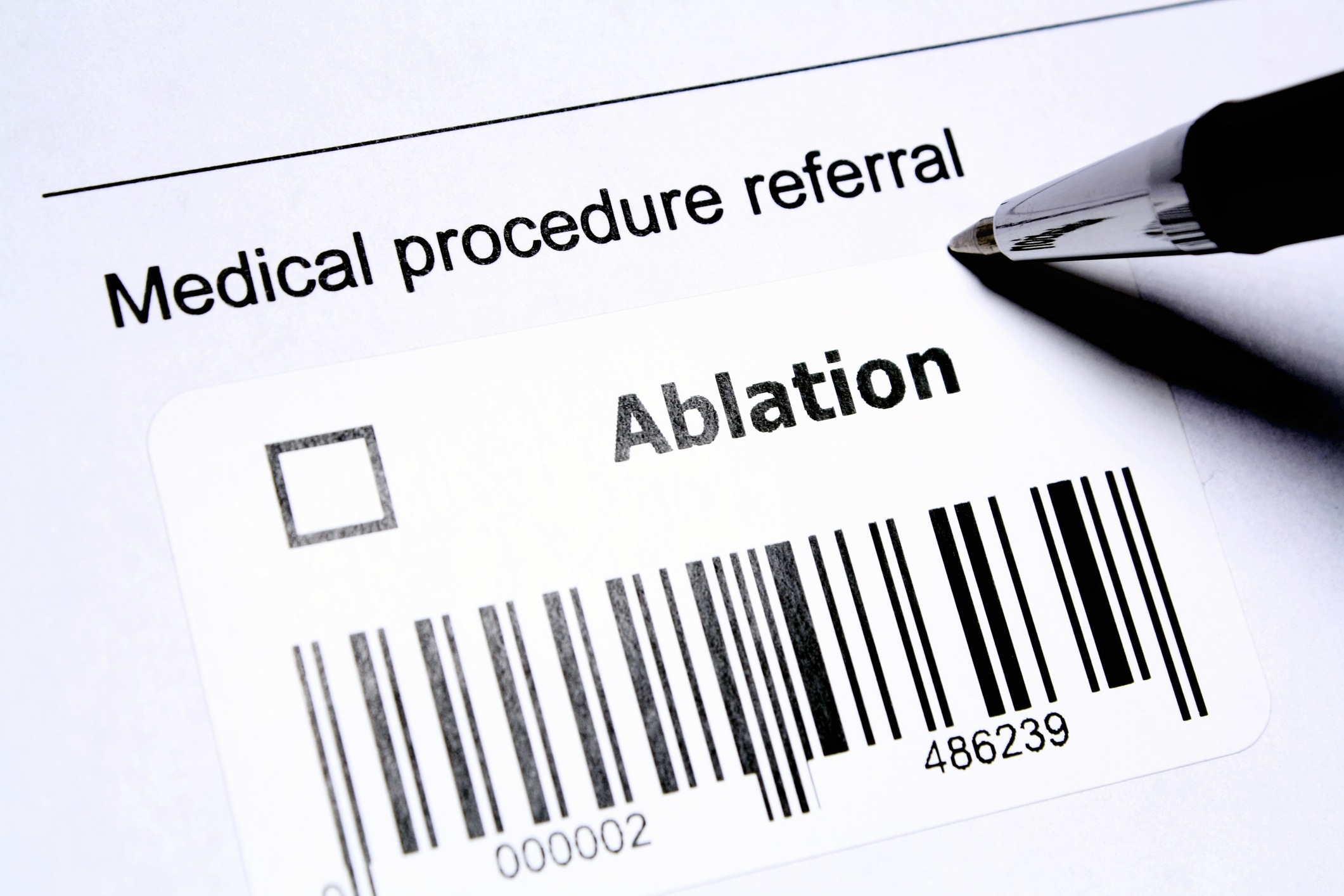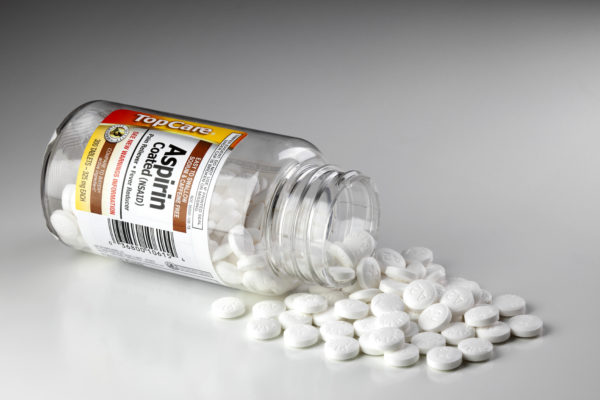
Editor’s Note: This dispatch from ACC.21 was written by Kelly Arps, MD, a cardiology fellow at Duke University. Dr. Arps is also a correspondent with CardioNerds (@CardioNerds), a DocWire News partner. Follow Dr. Arps on Twitter (@kellyarps).
WASHINGTON– Who benefits most from rhythm control in atrial fibrillation? The RAFT-AF study, presented at the American College of Cardiology Scientific Session (ACC.21) adds further evidence in this complex discussion.
Investigators randomized 411 participants with high-burden atrial fibrillation (AFib) and symptomatic heart failure (HF) to one of two strategies: aggressive rhythm control with catheter ablation or aggressive rate control, targeting a heart rate of <80 bpm at rest and <110 bpm after walking.
They found that ablation, with adjunct antiarrhythmic drug therapy if needed, did not reduce the time to death or HF events compared to the rate control strategy. Enrollment was stopped early due to low enrollment, low event rates, and futility.
Historically, rate control has been the standard up-front therapy for AFib, with a rhythm control approach reserved for persistent symptoms or tachycardia-induced cardiomyopathy.1,2 It was suggested that the pathophysiologic benefits of maintaining sinus rhythm were counter-balanced by the toxicity of long-term antiarrhythmic drug use. The recent EAST-AFNET 4 trial invited a paradigm shift towards early rhythm control, reporting improved outcomes with modern antiarrhythmic therapy in recently diagnosed AFib.3
When pursuing rhythm control, current guidelines recommend starting with antiarrhythmic drugs, with ablation predominantly reserved for intolerance or failure of pharmacologic therapy.4,5 There is a stronger consideration for ablation in patients with HF with reduced ejection fraction, based on superior outcomes in CASTLE-AF compared to medical therapy.6
RAFT-AF was the first trial to directly compare rate and rhythm control management strategies while using catheter ablation as the first-line rhythm control therapy. Although this rhythm control strategy did not improve major cardiovascular outcomes, participants who received catheter ablation did report better quality of life and more improvement in functional status (measured by 6-minute walk distance) compared to those on rate control alone. There was also greater increase in left ventricular ejection fraction and reduction in NT-proBNP with rhythm control than with rate control.
Extended follow up will be valuable to demonstrate whether these differences in surrogate secondary outcomes foreshadow a cardiovascular benefit with rhythm control that is amplified over time. Dr. Anthony Tang, who presented the trial results, reported that the group plans to follow this cohort for an additional 2 years.
Perspective from Dr. Hugh Calkins
In the meantime, the findings of RAFT-AF are sure to enlighten ongoing discussions and inspire further studies aimed at clarifying the best course of management for the mutually harmful conditions of heart failure and AFib.
“Despite the negative primary results of RAFT-AF most electrophysiologists including myself firmly believe that sinus rhythm is superior to AFib in patients in whom this goal can be achieved,” said Dr. Hugh Calkins, a professor of cardiology at the Johns Hopkins Hospital and a leading authority on atrial fibrillation management, told DocWire News. “Catheter ablation is superior to antiarrhythmic meds in achieving this goal. One cannot underestimate the importance of the quality of life benefits of catheter ablation shown in this trial. Furthermore, sinus rhythm achieved through catheter ablation has the potential to reduce long term stroke risk, reduce development of dementia, and reduce the progression of heart failure. And the end of the day, the message in my mind is that catheter ablation of AFib should be seriously considered in all CHF patients with a significant AFib burden.”







 © 2025 Mashup Media, LLC, a Formedics Property. All Rights Reserved.
© 2025 Mashup Media, LLC, a Formedics Property. All Rights Reserved.